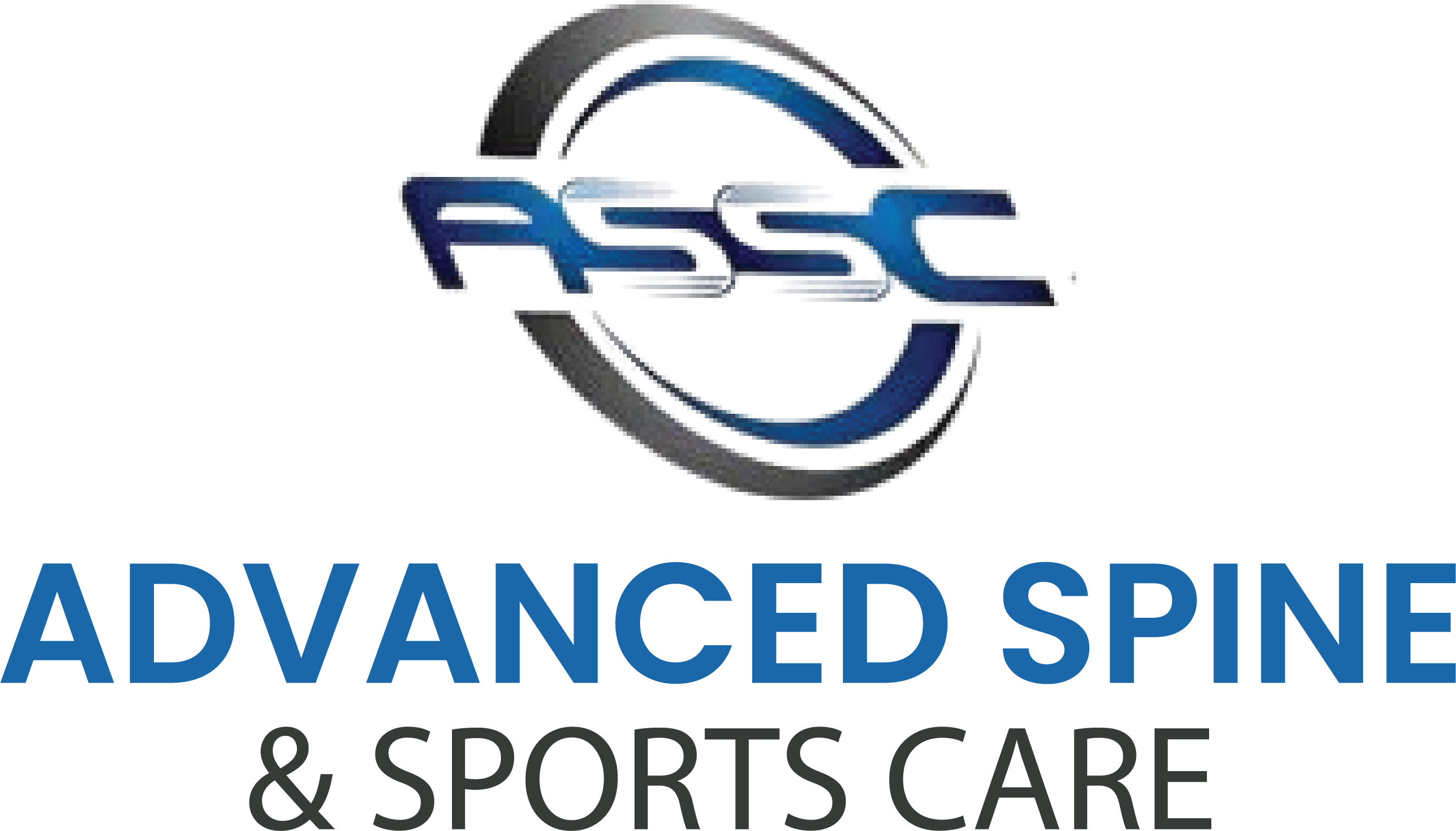Chiropractic Vs Epidural Injections for Chronic Back Pain Treatment
Chronic back pain can be a debilitating condition, significantly impacting your quality of life. If you’re struggling with persistent back pain, you’ve likely explored various treatment options, perhaps even considering both chiropractic care and epidural steroid injections. Both approaches offer potential relief, but they work in fundamentally different ways, targeting different aspects of the pain experience.
This blog post will compare chiropractic care and epidural injections, exploring their mechanisms, effectiveness, risks, and long-term implications, empowering you to make informed decisions about your back pain management. We’ll examine the evidence behind each approach, comparing their benefits and drawbacks for various back pain conditions, from herniated discs to spinal stenosis. Ultimately, the goal is to help you understand which path might be the most appropriate for your unique situation, allowing you to reclaim your active, pain-free life.
First, we’ll take a closer look at some of the most common back pain conditions…
Most Common Back Pain Conditions
Various back pain treatment options exist, including but not limited to: physical therapy, chiropractic treatment, or epidural injections for back pain.
Most common back pain conditions, as well as their treatments:
| Condition | Cause | Symptoms | Common Treatments |
| Sciatica | Nerve compression from herniated discs or spinal stenosis | Radiating leg pain, numbness, tingling | Sciatica injection therapy, physical therapy, chiropractic care |
| Herniated Discs | Disc material pressing on nearby nerves | Nerve inflammation treatment, back pain | Herniated disc treatment, surgery, chiropractic adjustments |
| Spinal Stenosis | Narrowing of the spinal canal | Weakness, pain in legs | Spinal stenosis treatment, facet joint injection, surgery |
| Degenerative Disc Disease | Disc wear and tear over time | Chronic back pain, stiffness | Degenerative disc disease treatment, non-surgical pain relief |
Epidural (Steroid) Injections: A Closer Look
An epidural steroid injection is a widely performed procedure aimed at alleviating pain, inflammation, and various symptoms associated with the back, legs, and neck. This technique entails administering a corticosteroid medication directly into the epidural space, the region that encases the spinal cord and nerves.
You may have come across discussions suggesting that epidural injections are ineffective in relieving sciatica pain. Sciatica is a symptom (rather than a diagnosis) characterized by radiating pain that extends below the knee into the leg and foot, following the pathway of the sciatic nerve. This nerve is formed from nerve roots originating in the lumbar or sacral spine. Sciatica may be accompanied by various neurological deficits, such as:
- Sensory changes: Numbness, tingling, or pins and needles sensations.
- Motor deficits: Muscle weakness in the leg or foot.
- Reflex alterations: Changes in reflexes, such as the knee-jerk or ankle reflex.
Epidural Steroid Injections: An In-Depth Examination
Certain estimates suggest that sciatica resulting from lumbar disk herniation has a prevalence rate of 9.8 per 1000 individuals This indicates that approximately 1% of the general population experiences lumbar disk herniation, which can be a significant cause of sciatica. However, it’s important to note that not all cases of lumbar disk herniation result in sciatica, and sciatica can also be caused by other factors.
“Characterized by radiating pain below the knee into the leg and foot, which is the area supplied by one or more nerve roots from the lumbar or sacral spine. It may be associated with sensory and/or motor deficits, muscle weakness, reflex alteration, or all of them. Approximately 90% of all documented sciatica cases can be attributed to lumbar disk herniation. The most common cause of sciatica is a herniated disc; however, other possibilities include lumbar canal stenosis and foraminal stenosis, or, rarely, tumors or cysts.”
It’s important to emphasize that sciatica is a symptom of an underlying problem, not a diagnosis in itself. Further evaluation is necessary to determine the specific cause of sciatica, which can vary from a herniated disc to spinal stenosis or other conditions.
Epidural Injections Compared to Various (Chronic) Back Pain Treatments
Epidural injections have a mixed reputation in the world of chronic back pain treatment. While they can be effective for some, their success rate varies, and they’re not a guaranteed solution. Research has also shown that epidural injection success rates vary – averaging between 50% to 84%.
Epidural Injections Procedure Overview
How do epidural injections work?
In the simplest way, an epidural injection (corticosteroid) is delivered through a syringe in the spinal nerves around your lower back, specifically in the epidural space.
Once the medicine is administered, any swelling or pressure around the spinal nerves decrease, providing relief and easing pain.
Epidural injections are useful for anyone suffering from sciatica, herniated discs, and nerve pain. However, it’s important to note there are several types of epidural injections for sciatica pain relief:
Types of Epidural Injections
| Injection Type | Description | Best For |
| Transforaminal Epidural Injection | Specifically suited for nerve root irritation | Sciatica pain relief, nerve inflammation treatment |
| Interlaminar Epidural Injection | Medication spreads over multiple spinal levels | Spinal pain relief, back pain relief injections |
| Caudal Epidural Injection | Administered at the base of the spine | Lumbar epidural steroid injection, chronic lower back pain |
| Cervical Epidural Steroid Injection | Injected in the neck region | Neck pain relief, pinched nerve treatment |
How Long Do Epidural Injections Last?
Relief from an epidural injection can last weeks to months, but it also depends on the severity of the condition and the patient’s response to treatment.
- Short-Term Relief: The relief from epidural injections is often temporary, lasting weeks to months. This makes them a less ideal option for long-term pain management.
- Comparison to Other Chronic Back Pain Treatments: Compared to other chronic back pain treatments like physical therapy, chiropractic care, and exercise, epidural injections tend to provide quicker relief but may not be as effective in the long run.
Viability for Specific Conditions
(Epidural injections may be viable addition for: herniated disc treatment, degenerative disc treatment, or spinal stenosis treatment)
- Herniated Disc Treatment: Epidural injections can be a viable option for herniated disc treatment, especially when the pain is severe and radiating down the leg (sciatica). However, they don’t address the underlying issue of the herniated disc.
- Degenerative Disc Treatment: In cases of degenerative disc disease, epidural injections might provide some pain relief, but they’re not a primary treatment option. Other approaches like physical therapy and lifestyle modifications are often more effective.
- Spinal Stenosis Treatment: Epidural injections can be used to manage pain associated with spinal stenosis, but they’re typically considered a temporary measure. Surgery might be necessary for more severe cases.
Side Effects of Epidural Injections for Back Pain
Epidural injections is a safe procedure, however there are important side effects to note:
- Itchy skin
- Headaches
- Water retention
- Temporary numbness or weakness
- Rare complications such as infection or nerve damage
- Flushing in the chest and face also known as steroid flush
Epidural Steroid Injections for Pain Management
Important Considerations:
- Side Effects: Epidural injections carry potential side effects, including infection, nerve damage, and allergic reactions.
- Long-Term Effects: Repeated epidural injections may have long-term effects on bone health and hormone balance.
- Individualized Approach: The decision of whether or not to use epidural injections should be made on an individual basis, in consultation with a healthcare professional.
Epidural injections can be a useful tool for managing chronic back pain, especially in the short term. However, they’re not a one-size-fits-all solution, and their effectiveness varies. It’s important to weigh the potential benefits and risks with your healthcare provider and consider other treatment options as well.
Chiropractic Care: A Natural Alternative
Chiropractic care focuses on diagnosing and treating musculoskeletal disorders, primarily through manual spinal adjustment.
The goal is to restore proper alignment, alleviate pain, and support the body’s natural healing processes. Some benefits include
- Improved mobility
- Reduced pain
- Enhanced overall well-being
In addition, chiropractic treatments and techniques vary depending on the condition.
| Chiropractic Technique | How It Works | Target | Best For |
| Spinal Manipulation | Apply controlled force to spinal joints to improve spinal alignment | Restores proper spinal alignment | Chronic lower back pain, degenerative disc disease treatment |
| Mobilization | Gentle movement and stretching the muscles and joints | Improves movement and range of motion | Sciatica injection therapy |
| Soft Tissue Therapy | A type of physical therapy that involves pressing, passive kneading, and stretching | Relieves muscle tension and spasms | Muscle-related back pain, facet joint injection relief, recovery treatment |
Benefits of Chiropractic Care for Chronic Pain Management
Chiropractic care focuses on the diagnosis and treatment of musculoskeletal disorders, particularly those related to the spine. Chiropractors use manual adjustments and other techniques to improve spinal alignment and function. This can help relieve pressure on nerves, reduce inflammation, and improve blood flow, which may alleviate tingling in the lower back. On-going Chiropractic Treatment plans can often be the best alternative to invasive therapies depending on the particular injury. Some of the treatments that chiropractors use to help patients avoid surgery and steroid injections for chronic back pain conditions include:
- Manual Adjustments – A specialist uses their hands to manipulate the spine alongside other joints. This process restores proper alignment and function.
- Spinal Manipulation – Using various techniques to manipulate the spine and improve mobility.
- Soft Tissue Therapy – Treatments like massages are used to alleviate pain and inflammation.
- Stretching and Strengthening Exercises – A chiropractor can recommend stretches and strength exercises to help reduce the pain that you can do on your own time. They will show you how to perform them properly so you can reap all of the benefits.
Chiropractic Treatment Advantages Over Steroid Injection Medications
For starters, chiropractic care is a non-invasive treatment. It’s also a drug-free approach to managing and relieving back pain. While chiropractic care treatments aren’t as “quick” as invasive treatments, the main goal is to address the root cause of the pain. This allows for a more natural healing process overall. Additionally, chiropractic treatments often include patient education on posture, ergonomics, and exercises to prevent future episodes of back pain.
Drug-Free Chronic Back Pain Treatment, The Safest & Smartest Alternative
While many patients tend to visit their doctors to diagnose their pain, one of the main things they are given before or after treatment is generally medication to relieve any pain that they are experiencing. This can have a severe and costly negative impact on patients as they depend on medication to complete daily tasks and responsibilities.
Patients victims of chronic pain will become more heavily dependent on these medications, constantly taking them, potentially leading to addiction and other long-term medical complications. Chiropractic care is a completely drug-free treatment plan, allowing the body to heal itself on its own, reducing chronic pain without the need for heavy medications.
Chiropractic vs. Epidural Injections: Which is More Effective for Chronic Back Pain Treatments?
So now we’ve had a good understanding of chiropractic care and epidural injections, that leaves us with the verdict.
“Should you choose chiropractic or epidural injections for back pain?”
Chiropractic Treatment or Epidural Injections for Back Pain – Here’s a quick rundown:
- Epidural injections are quick solutions for providing temporary relief while chiropractic care offers a more natural approach
- Chiropractic care addresses both the symptoms and root cause of back pain, while epidural injections only target the symptoms
A recent study on the effectiveness of epidural injections vs chiropractic care treatment (spinal manipulative therapy) found that 60% of patients treated with SMT had significantly reduced pain vs the 53% of patients treated with epidural injections.
>While both solutions are effective, it’s also worth considering the side effects and risks of steroidal injections such as decreased bone mineral density. If you’re still on the fence on whether epidural injections are more effective than chiropractic care treatment, here’s a quick guide:
-
- Pain severity and duration: Acute, severe pain may require the immediate relief that injections can provide, while chronic, manageable pain might respond well to chiropractic care.
-
- Relief treatment: Epidural injections provide relief for symptoms making this better suited for acute pain that needs to be treated once. Chiropractic care treatments address the root cause so are better suited to chronic pain.
-
- Underlying Condition: Specific diagnoses may respond better to one treatment over the other. Even though epidural injections are effective in their own way, it’s always best and advisable to treat conditions with proper treatment.
- Patient Preference: Some individuals prefer to avoid invasive procedures and medications, making chiropractic care more appealing
-
- Cost: Chiropractic care treatment can incur a wide range of costs, such as MRI imaging, consultations, and so on. Epidural injections generally carry higher costs due to multiple injections, consultations, and the possibility of surgery.
Chiropractic Treatment Vs. Epidural Steroid Injections for Back Pain Overview:
| Factor | Chiropractic Care | Epidural Injections |
| Invasiveness | Non-surgical pain relief, hands-on adjustments | Back pain relief injections, steroid-based |
| Side Effects | Minimal (mild soreness) | Side effects of epidural injections for back pain (temporary numbness, nerve damage risk) |
| Long-Term Benefits | Targets root cause of pain | Temporary pain relief |
| Cost-Effectiveness | Affordable over time | Expensive if repeated frequently |
Important: Consulting with a Chicago healthcare professional is essential to determine the most appropriate treatment plan based on individual needs and medical history.
Addtional Non-Invasive / Non-Surgical Treatment Therapies
Consulting a chiropractor provides many alternatives to epidural injections for back pain, if you feel uncomfortable with invasive procedures.
| Therapy | Description | Effectiveness |
| Physical Therapy | Strengthening exercises, posture correction | Highly effective for most back pain treatment options |
| Acupuncture | Needle-based therapy to relieve pain | Works for some with chronic back pain |
| Massage Therapy | Manipulation of soft tissue to relax muscles | Helpful for non-surgical pain relief |
Chiropractic Treatment Vs. Epidural Injections – FAQs
- How long does relief from an epidural injection last?
Relief duration varies; some patients experience weeks to months of reduced pain, while others may require additional treatments like surgery. It’s best to consult your chiropractor and discuss expectations. - Are there side effects associated with chiropractic adjustments?
Common side effects include temporary soreness or stiffness; serious complications are rare when performed by a licensed chiropractor. - Can I receive chiropractic care after having an epidural injection?
Yes, combining treatments can be beneficial, but it’s important to coordinate with your chiropractor before attempting both. - How many chiropractic sessions are typically needed to see improvement?
The number varies based on individual conditions; some may notice improvement after a few sessions, while others may require ongoing care. As mentioned previously, this mostly depends on the severity of the pain. Furthermore, there could be underlying cases that your chiropractor will be able to assess through various methods like MRI imaging. - Is acupuncture scientifically proven to relieve back pain?
Some studies suggest acupuncture can be effective for chronic back pain, but results vary and are suitable for specific conditions.
Begin Your Path to Chronic Back Pain Relief at Advanced Spine & Sports Care – Top-Rated Back Pain Experts, Located in Chicago
Both epidural injections for back pain and chiropractic adjustments offer solutions for spinal pain relief. While injections provide quick temporary relief, chiropractic care is a non-surgical pain relief alternative that targets the root cause of back pain or discomfort. If you’re looking for sciatica pain relief, spinal stenosis treatment, or alternatives to epidural injections, visit Chiropracticsportscare.com or call 773-868-0347 to schedule an appointment right now.
Last Updated on March 7, 2025 by Chiropractor Dr. Jason Ingham DC, CCSP













